Download
Scan QR to download the game on your device
Unique ground, naval and air vehicles – in seasonal offers only!
Commanders! 🚩 From November 7th to November 13th, 2025 (ends at 07:00 GMT), as part of a Seasonal Offer, a new set of unique premium vehicles will be available to you. After completing special Seasonal Challenges, you will be able to purchase it with a maximum discount:
Development of the BMD-4 airborne combat vehicle began in the mid-1990s as a response to the obsolescence of previous generations of airborne hardware. Its key feature was the "Bakhcha-U" combat module, which boasted a unique combination of weaponry and a modern fire control system.
The modernized BMD-4M, which appeared in the 2010s, received an improved chassis unified with the BMP-3 and a more powerful engine. This variant is currently in service with the Russian Army.

In War Thunder Mobile, the BMD-4M is set to become one of the most advanced Russian combat vehicles. Its main highlight is the multi-role "Bakhcha-U" combat module, which combines a 100 mm 2A70 gun/launcher and a 30 mm 2A72 automatic cannon. This allows it to effectively engage a wide range of targets. The 100 mm gun’s HE fragmentation shells are excellent against lightly-armored vehicles, the 9M117M1 ATGMs are effective against tanks, and the 30 mm autocannon is a versatile tool against light armor, especially with side shots. Thanks to its high rate of fire, the vehicle can also be used against low-flying aircraft.
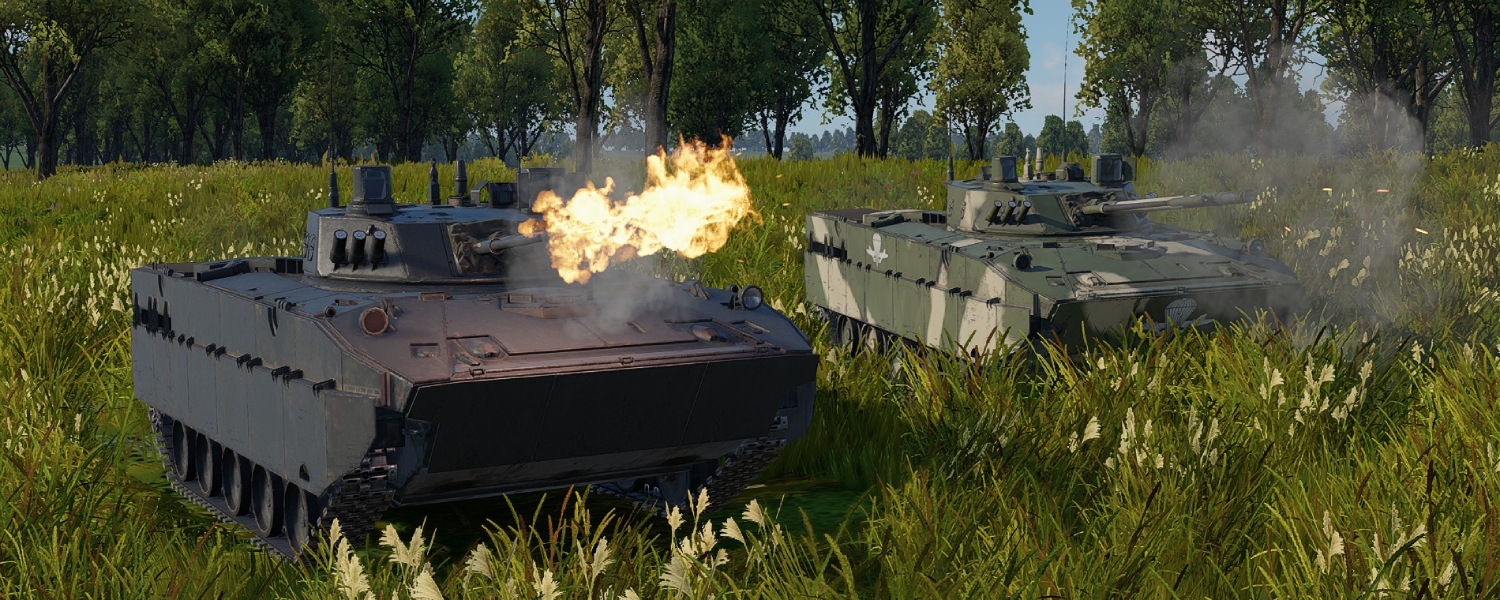

Using the BMD-4M requires skillful positioning, as the vehicle is quite noticeable. Its armor is thin, even when enhanced with a set of additional armor add-ons, meaning it cannot withstand hits from tank cannons or guided missiles.
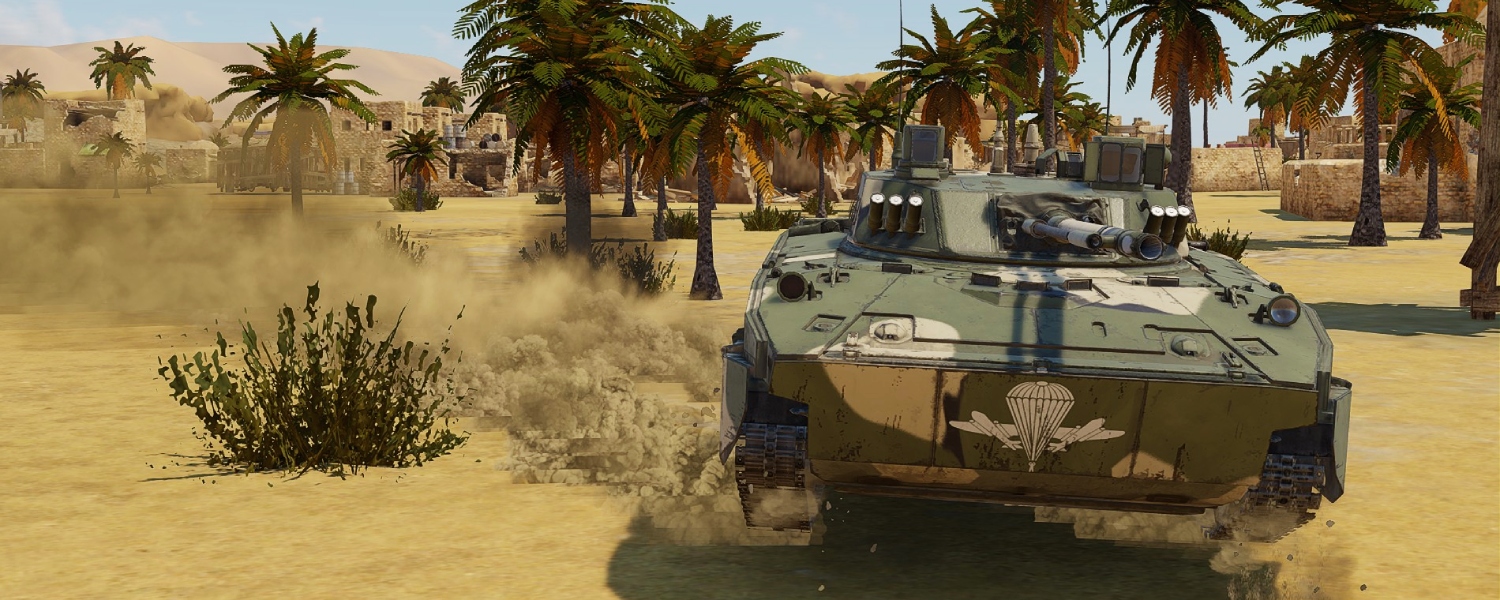
The best tactics for the BMD-4M are either aggressive zone capture, where the vehicle commander must always fire first, or supporting allies with ATGMs and damaging enemy modules with the autocannon.
Tosa-class battleships were intended to be the pinnacle of Japanese dreadnought evolution. Two ships – Tosa and Kaga – were laid down in 1920. They represented an enlarged version of the Nagato-class battleships with an additional fifth main battery turret, carrying ten 410 mm guns in five twin-gun turrets, making them the most powerful ships of their time. An innovative armor system included a sloped 280 mm belt and multi-layered deck protection. The torpedo armament of eight 610 mm tubes was the most powerful among contemporary battleships.
The signing of the Washington Naval Treaty in 1922 halted the construction of both ships. After its launch, Tosa was used as a target for testing new weapons and defense systems. The ship was scuttled in 1925. Her sistership, Kaga, was given a second life after being converted into an aircraft carrier and was lost during the Battle of Midway in 1942.
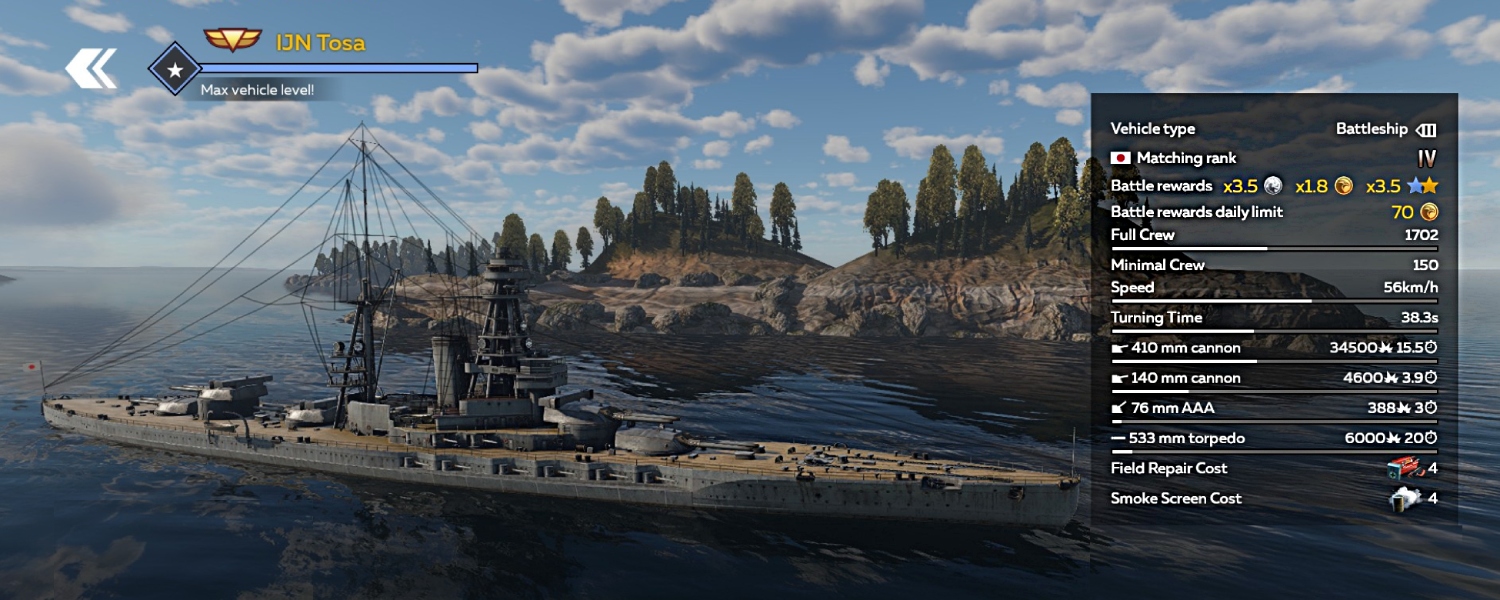
The most powerful dreadnought of its era will please future commanders with its excellent artillery and strong armor, while also proving to be faster than some of its counterparts!

This Japanese battleship features five twin turrets housing massive 410 mm guns, for a total of ten barrels. In terms of broadside weight, this Japanese dreadnought confidently ranks among the most dangerous warships in the game. Its armament is supplemented by 140 mm guns in single casemate mounts, with 10 per side. Following the fashion of the time, any capital ship was expected to carry torpedoes, and the IJN Tosa was no exception. IJN Tosa has 8 torpedo tubes that fire the famous “Long Lance” 610 mm torpedo, which struck fear into naval sailors worldwide. The anti-aircraft armament is also typical of the interwar period – this colossal ship is protected by just four 76 mm non-automatic anti-aircraft guns, which are certainly incapable of effectively defending the IJN Tosa from air threats.
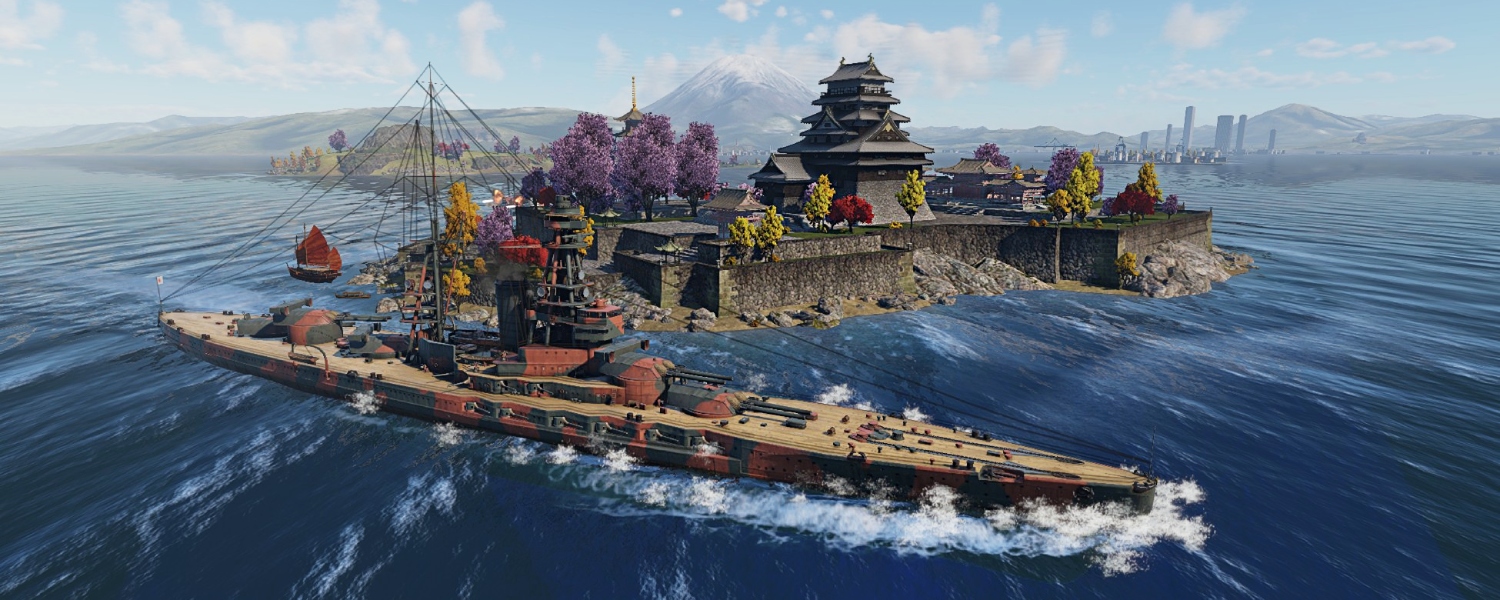
Protection is another strong point of the Japanese dreadnought. The engineers applied rational slope angles to the ship's main armor elements, paid special attention to good torpedo protection, and substantially reinforced the decks against top down fire. The IJN Tosa can withstand hits from both cruisers and pre-war battleships, continuing to unleash the fire of its main battery even under focused fire. The good news is that, compared to its contemporaries, IJN Tosa has decent mobility, though it can't be considered truly agile or fast like a cruiser.

IJN Tosa is a classic pre-war heavy hitter, incorporating a number of very interesting design solutions. In War Thunder Mobile battles, it will be one of the pillars of any match. Its survivability and gunnery accuracy will largely determine the outcome of any engagement. The bridge of the IJN Tosa is already waiting for its future, courageous commanders.
Development of the P-59 Airacomet began in 1941, when Bell Aircraft received an order to design a fighter around the newest jet engines produced by General Electric, which were license-built copies of the British Power Jets W.1. Bell engineers decided against creating a completely new aircraft, opting instead to modify the airframe of the piston-engine P-63 Kingcobra. The design underwent significant changes: the wings were moved to the mid-fuselage position, the tail section was lengthened, and the fuselage was widened to accommodate two turbojet engines.
However, initial tests revealed serious shortcomings, namely a low thrust-to-weight ratio, insufficient speed, and problems with engine reliability. The famous test pilot Chuck Yeager, who participated in the trials, noted its disappointing speed performance but highly praised the aircraft's smooth handling and stability in flight. Despite the construction of a limited production run, the P-59 was never adopted into service.
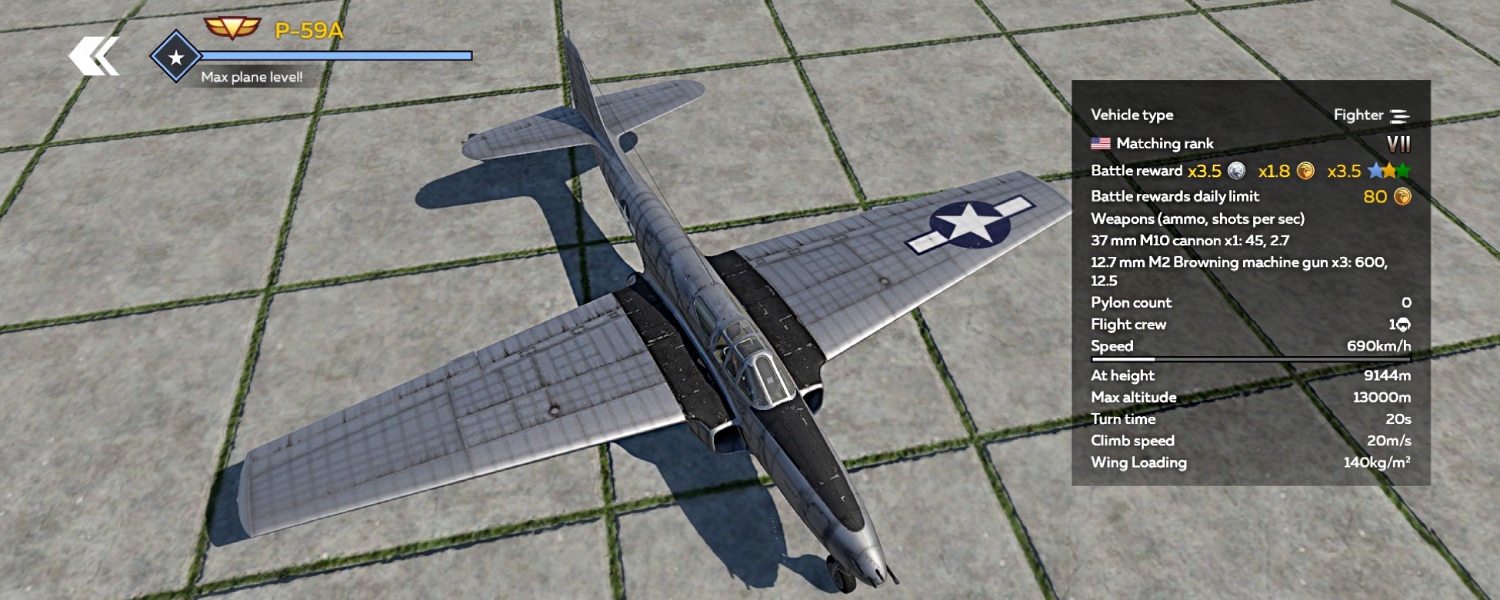
The P-59A Airacomet will be one of the first jet fighters in War Thunder Mobile. Its design is based on the fuselage of the famous "Kingcobra" (the piston-engine P-63), which was adapted to house two jet engines. Like all early jets, the P-59A suffers from poor acceleration, however this is common to the first jet engines as they were relatively low-powered. However, these engines allow it to maintain its top speed in level flight with little trouble, unlike piston-engine aircraft. The main highlight of the American P-59A is its excellent maneuverability for a jet aircraft. In fact, the Airacomet is capable of winning turning engagements against even the best late-war piston-engine fighters!
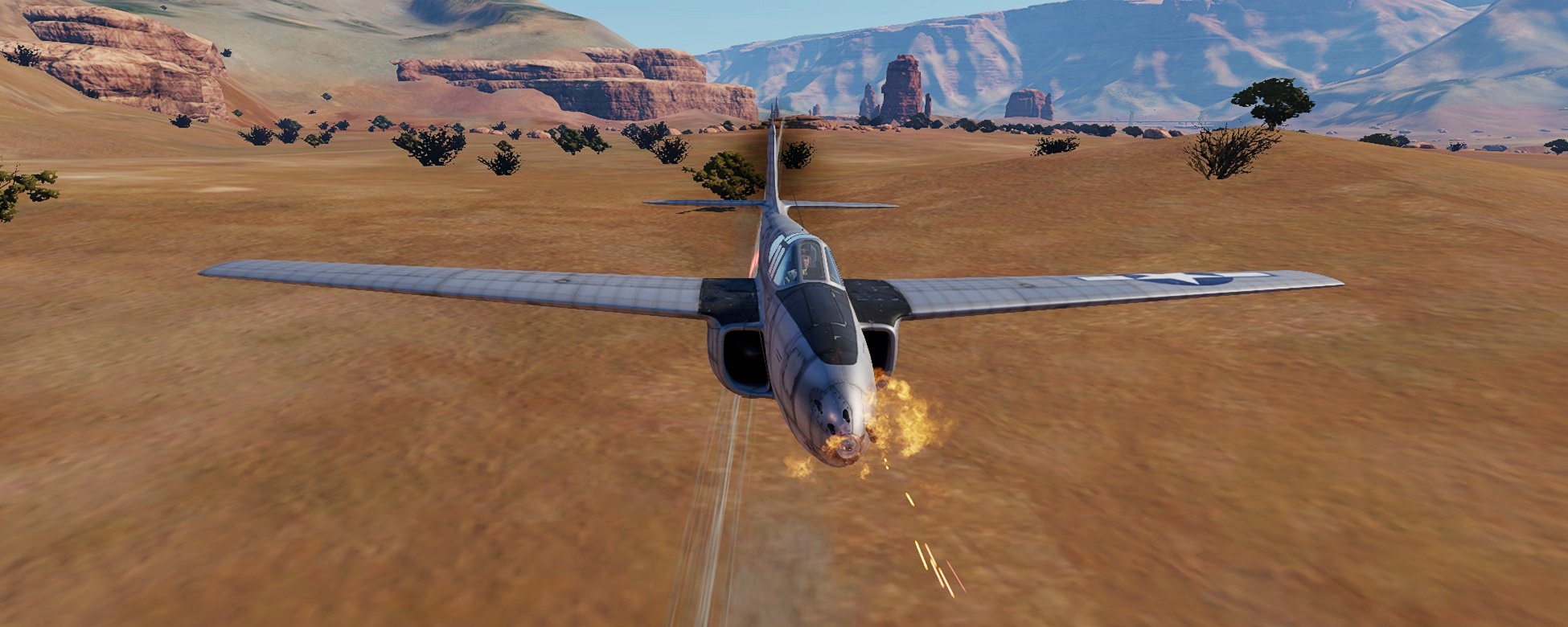
The aircraft's armament is also interesting. Along with the fuselage, engineers decided to borrow the 37 mm M10 cannon from the Cobra. This gun has a low rate of fire and unique ballistics. However, the massive holes torn in the wings and fuselages of enemies by its 37 mm High-Explosive Fragmentation Incendiary (HEFI) shells definitely make it worth the effort to learn how to use this cannon! Its secondary armament consists of three 12.7 mm Brownings, which are proven and effective machine guns.
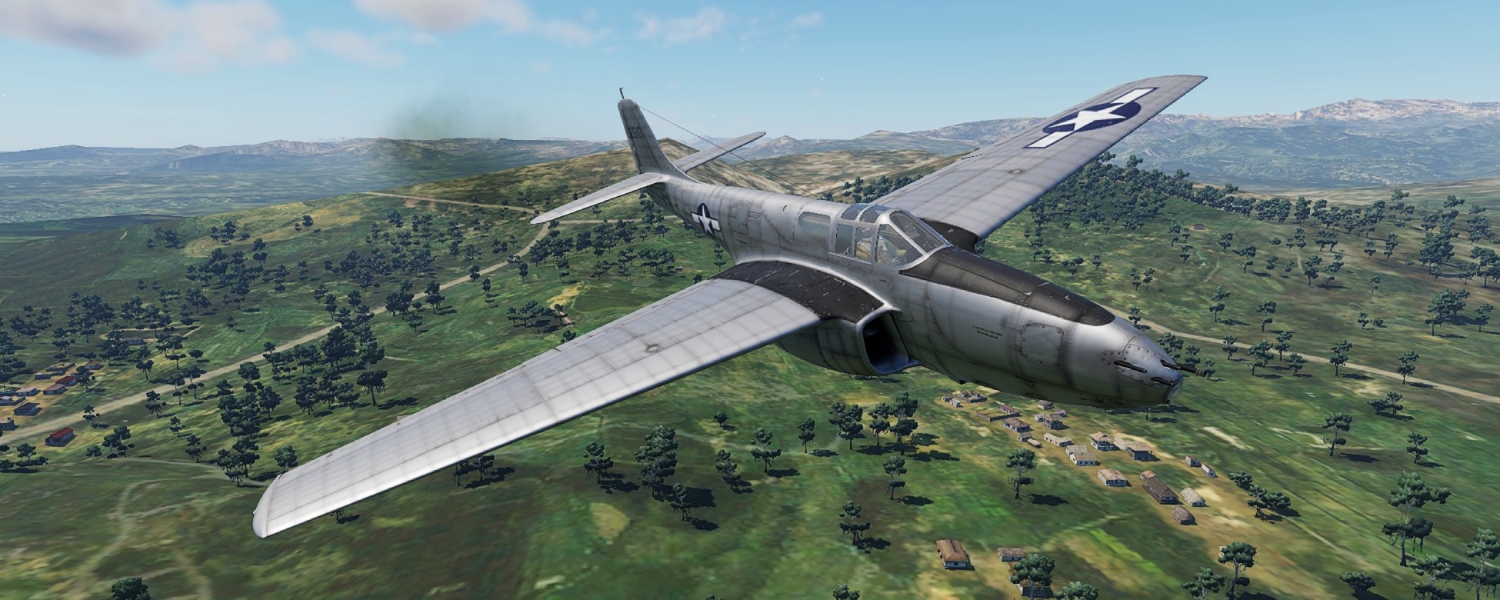
In battle, the P-59A is an obedient and predictable aircraft. The pilot must be patient to calmly gain altitude, as it will be difficult for enemies to force you down from there! Don't forget to reload the formidable 37 mm cannon in a timely manner, as its ammunition capacity is only 45 rounds.
After completing the event tasks between November 7th and November 13th (ends at 07:00 GMT), you can receive the maximum discount on the Seasonal Offers!
Don’t miss the fantastic chance to buy great premium vehicles at a discount and receive bonus Big Trophy keys from the “Silver Arrows” season.
![[Seasonal Offer] Steel Pioneers](https://static.wtmobile.com/upload/fileman/images/2025/11_november_25/05_seasonal_offer_s26/s26_offer_tank_1440x640_9a593c819ad36e2a48621dcfa92a8ff5.jpg)